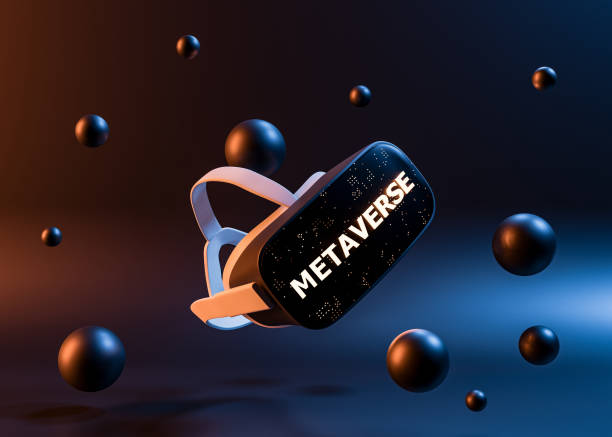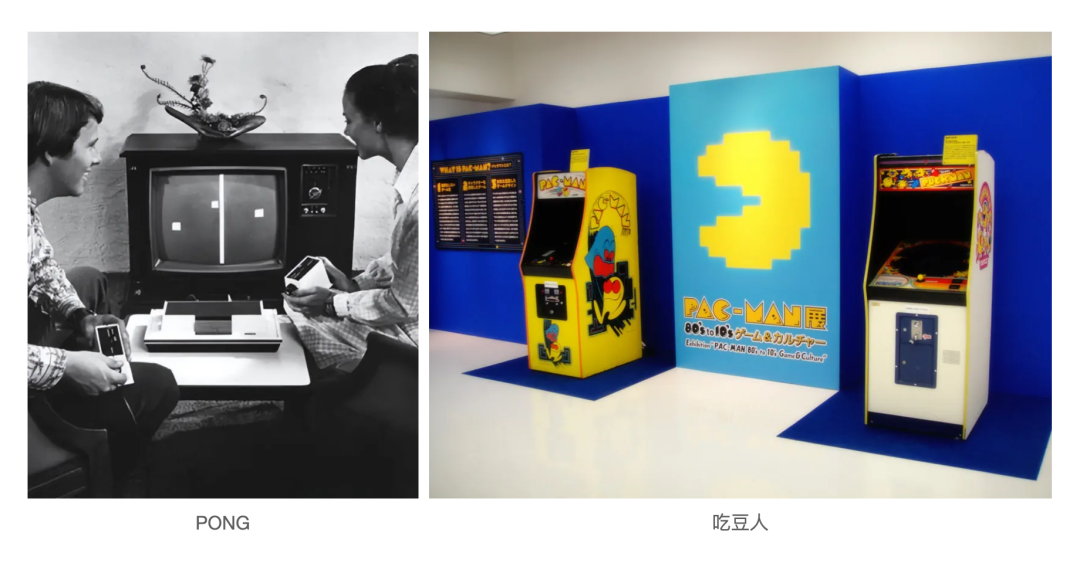Getting Started with Blockchain | How does the technology-less "coinless blockchain" add icing to the Internet?

For the public chain, the role of digital currency is driven by interest incentives, and the network can reach a consensus through a consensus mechanism to maintain the continuity and security of network data for a long time. In the blockchain, the public chain is a non-permissive chain, that is, there is no permission to restrict any individual to enter and exit the public chain. This is a typical decentralized representative, and the alliance chain and the permission chain belong to the permission chain in a weak center environment.
Private chain & alliance chain
The private chain is generally used for internal management of the enterprise, such as the storage and encryption of enterprise data, and auditing. For example, if a company has branches in many places across the country, how to aggregate data from various places and prevent the theft of internal data of the enterprise, the private chain will be well applied.
- Digital asset custody company BitGo enters the digital securities field through acquisition of Harbor
- Viewpoint | Incremental decentralization, decentralized and gradual approach
- Blockchain weekly developments of listed companies (2.10-2.14): 5 companies have made progress
The alliance refers to: two or more business organizations reach cooperation in the same alliance in order to enhance the business relationship between each other. The public chain assigns the network permissions to each user of the network, which is a more thorough decentralized network, while the permissions of the alliance chain are only for some members in the alliance, and all parties are involved in the governance and maintenance of the network. Everyone needs to be involved in bookkeeping. The relationship between the members of the alliance is based on a community of interests. Each party contributes its own hardware facilities such as bandwidth and storage to jointly maintain the uniformity of the ledger.
Therefore, in the alliance chain, there is no need to issue digital currency to motivate all parties to participate in bookkeeping. Participants can use off-chain methods to distribute benefits, such as membership fees and dividends.
The governance measures taken by the alliance chain are also the principle of “minority obeys the majority”. For example, in an alliance chain network jointly managed by 10 organizations, if an organization wants to modify a piece of information on the chain, it needs to collect This operation can only be performed with the consent of more than 6 agencies.
Controllable Alliance Chain
The alliance chain shows great advantages in "controllability", specifically in:
1. Controllable technology: Low efficiency is a common problem of public chains. The decision-making power of the alliance chain network is in the hands of a few institutions, which greatly improves performance efficiency and business efficiency. In addition, it is relatively easy to upgrade the alliance chain platform. Everyone thinks it is OK, so we will do so.
2. Participants are controllable: The public chain is completely open, and the alliance chain is open internally. The alliance chain can optionally add or delete participants. For new members, the management authority is given. For a malicious organization, members in the alliance can revoke his authority at any time.
3. Controllable data: The internal organization of the alliance chain can disclose data or selectively authorize it, and use the data where you want to use it, or share data between enterprises. While ensuring security, it also greatly protects privacy; In addition, error correction information can be corrected in a timely manner.
4. Trust is controllable: As the technology itself, blockchain cannot achieve complete trust, but reduces the cost of trust. The internal members of the alliance chain are composed of physical institutions, and these institutions are also alliance cooperation relationships offline. The alliance chain uses the platform to digitize trust, reduce trust costs, and improve efficiency.
Application scenarios of alliance chain
The alliance chain has been used in many fields such as product traceability, public welfare charity, warehousing and logistics, e-government, and insurance claims. For example, in common cases of product traceability, users can check the information of each link of the product from production, quality inspection, logistics, etc. at any time. Based on the trust of the third-party data verification guarantee company and the authenticity of the data on the chain, we have reasons. Believe in the authenticity (safety) of the product.
Under specific financial application scenarios, the alliance chain integrates multiple parties' businesses through a "token" approach. For example, in cross-border remittances, domestic and foreign financial institutions complete cross-border transfers by converting domestic currency into "tokens" in the alliance, and then into foreign currencies. The role of the "token" is to serve as an intermediate exchange rate conversion tool, making the whole process more transparent and efficient.
At present, the alliance chain is more favored by some large enterprises. Corda, which was established in 2014, is a typical blockchain alliance platform. The institutions in the alliance include Barclays Bank, Goldman Sachs Bank, Citigroup, Deutsche Bank, etc. China Merchants and Minsheng Bank are also listed. The Corda alliance chain platform has been used in finance, healthcare, shipping, insurance and other industries.
In China, the Financial Blockchain Cooperation Alliance (Shenzhen) (referred to as the "Golden Chain Alliance"), which was jointly established by more than 20 financial institutions and technology companies such as the Shenzhen Fintech Association, was established in 2016. At present, the members of the Golden Link Alliance include more than 100 institutions in six major industries, including banks, funds, securities, and technology companies, in credit, equity, points, insurance, bills, cloud services, digital assets, and wealth management product issuance and trading. The field promotes the landing of blockchain.
Alliance chain industry policy
Blockchain as an emerging technology may even affect the future industrial economic structure. Governments of various countries pay great attention to the blockchain, allowing the blockchain to develop more robustly. "The application of blockchain technology has extended to many fields such as digital finance, the Internet of Things, intelligent manufacturing, supply chain management, digital asset trading, etc. At present, major countries in the world are accelerating the development of the deployment of blockchain technology. China is in the blockchain The field has a good foundation. It is necessary to accelerate the development of blockchain technology and industrial innovation, and actively promote the development of the integration of blockchain and economy and society. "On October 24 this year, the central leadership said:" The integrated application of blockchain technology in the new Plays an important role in technological innovation and industrial transformation. We must regard blockchain as an important breakthrough in independent innovation of core technology, clarify the main attack direction, increase investment, focus on overcoming a number of key core technologies, and accelerate the promotion of blockchain technology And industrial innovation and development. "
The "blockchain" mentioned in the above speech refers to the alliance chain. From the high-level attention to the blockchain, we also see the future development space of the blockchain. At present, the blockchain is still in the early stages of development and trial and error. In view of technical, regulatory, and application factors, the alliance chain that has both cryptographic security and privacy protection and a decentralized governance model is the choice of many enterprises at this stage. Technical route. What are the specific areas where blockchain can be used, and what benefits will it produce? Leave a message for your industry below and discuss "Blockchain + Industry" together.
We will continue to update Blocking; if you have any questions or suggestions, please contact us!
Was this article helpful?
93 out of 132 found this helpful
Related articles
- How should "blockchain" serve SMEs? Start with cost reduction!
- Moloch v2 is coming soon and its revolutionary impact on DAO
- Featured | What is the nature of the cryptocurrency phenomenon?
- Opinion: After the epidemic, blockchain will lead 15 new employment models
- Consensus Wang Maolu: Under the epidemic, how to use the blockchain to solve the problem of drug shortage?
- Breaking off is the strongest self-discipline development of the blockchain
- Comment: What people need is "consensus" for outbreak data








